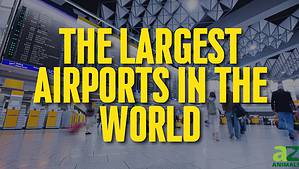Looking at a map of the world, our eyes are usually drawn to the big splotches of color. For example, Russia is the largest country in the world. At 5,600 miles across, it stretches almost halfway around the Northern Hemisphere and includes 11 time zones! It has a total area of 6,601,665 square miles, which is about 11% of the Earth’s land area. That hugely contrasts with the smallest country in the world, Vatican City, which is located entirely within the city of Rome. It’s just a half-mile across – the length of 10 city blocks, which you could walk in about 10 minutes! In this article, we’ll discover some of the smallest countries in the world. Some are so small, you can’t even see them on a world map. Let’s go!
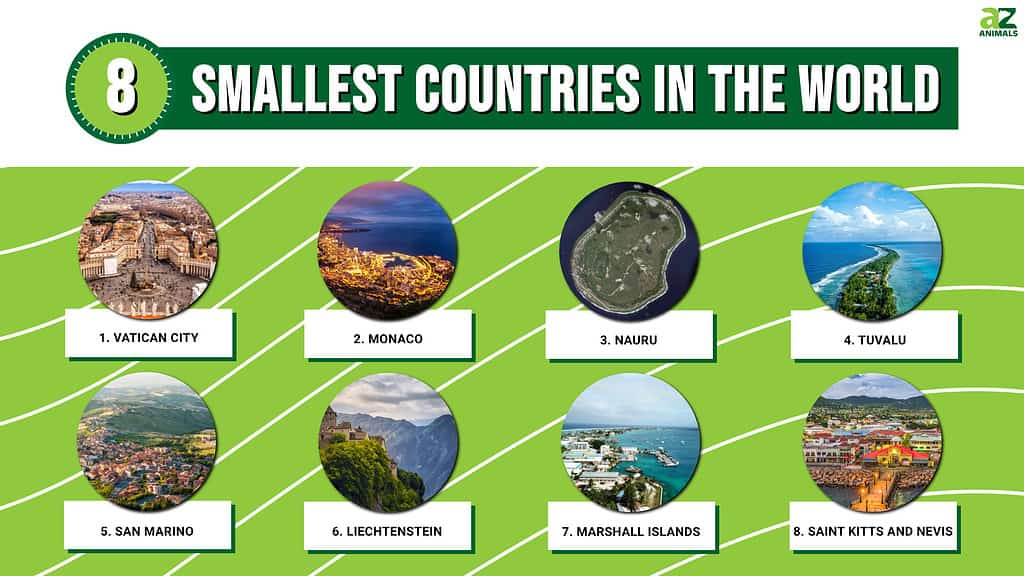
1. Vatican City (0.17 sq. mi.)
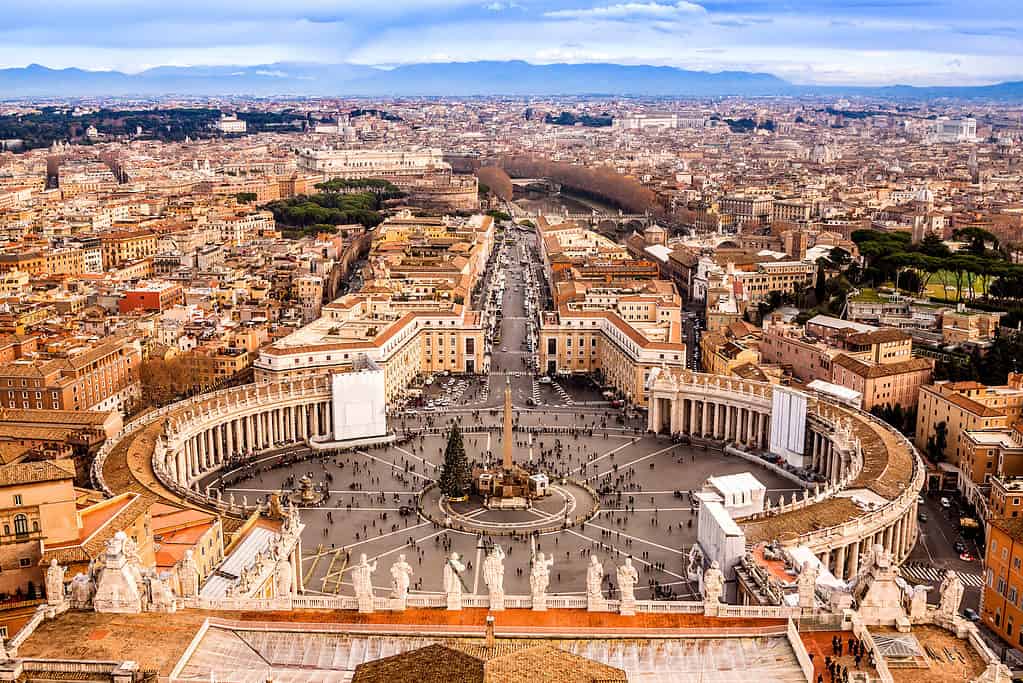
St. Peter’s Square is the focal point of Vatican City.
©Sergii Figurnyi/Shutterstock.com
Vatican City is located entirely inside of Rome, the capital of Italy. It is the smallest country in the world, at only 0.17 square miles. It lies within high walls and ceremonial guards from Switzerland watch its gates. Even though it is so small, it has a tremendous influence on the world culturally and politically. It is the administrative and spiritual center of the Roman Catholic church, which has over one billion members, worldwide.
Ordinary people and world leaders from all over the globe visit Vatican City and hope for an audience with the Pope. The Vatican is also an important repository of archives and works of art from centuries of Western Civilization. St. Peter’s Basilica and the Sistine Chapel are architectural marvels that have stood for centuries. The permanent population of Vatican City is about 800 people. Italian is the main language, though church officials often speak Latin for business and ceremonies.
2. Monaco (0.78 sq. mi.)
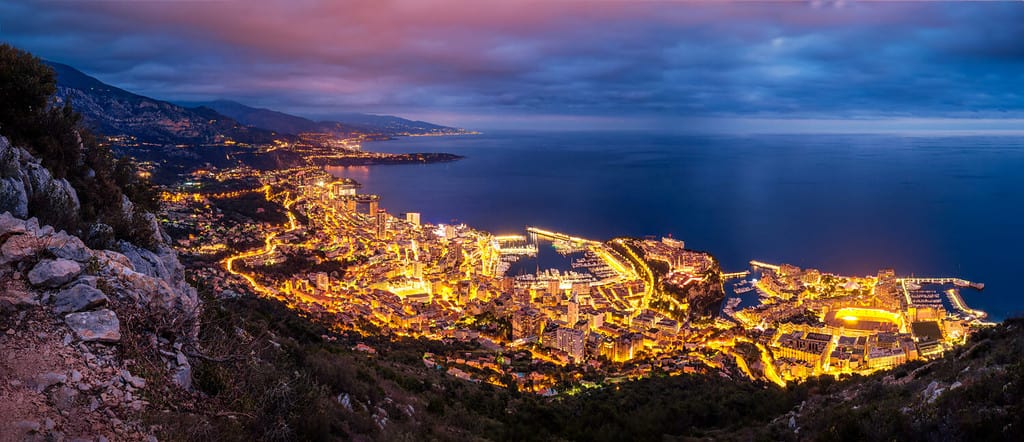
Monaco’s lights at night look like it’s made of gold.
©Laurent Fighiera/Shutterstock.com
Monaco is a country of less than a square mile and a population of about 39,000. It is located on the French Riviera, an expensive stretch of the Mediterranean Sea that is a popular playground for the rich and famous. It’s commonplace to see luxury private yachts docked in the harbor and expensive sports cars and luxury vehicles in the streets. The Formula One auto race through the streets of Monte Carlo is the largest spectator sport in the country. Tragically, sports cars in Monaco also bring to mind the tragic death of Princess Grace, an American actress who married into the royal family but died in a car accident on Monaco’s winding mountain roads. The economy of Monaco is heavily based on tourism, casino gambling, luxury amenities, and financial services.
3. Nauru (8.1 sq. mi.)
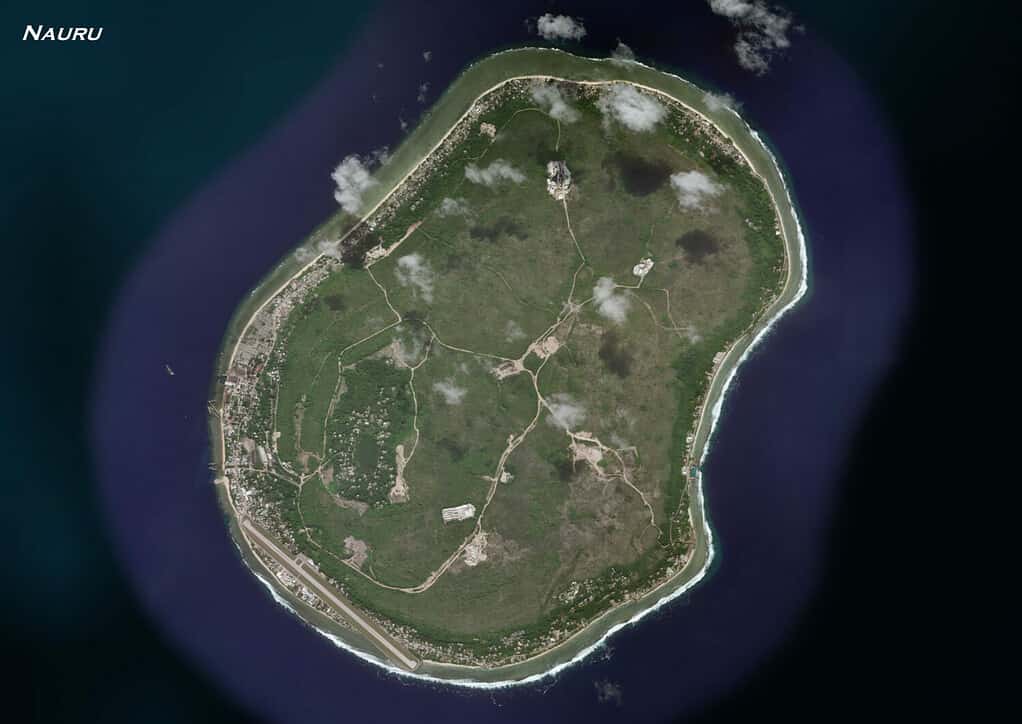
After Nauru’s natural resources gave out, its economy tanked.
©yutthana-landscape/Shutterstock.com
Nauru is a small remote island nation in the Pacific Ocean. About 11,000 people live there. It is one of the least-visited countries on Earth. In fact, it’s estimated that only 15,000 or so outsiders who have visited the island are alive today. For about a century, Nauru was an important source of phosphate, an industrial chemical used in manufacturing and fertilizer. Those resources gave out in the 1990s, though, causing an economic collapse. Today, about 90% of the island’s inhabitants are unemployed, and there has been talk of relocating the entire population to another island. Nauru gets some assistance from Australia. One of the most controversial aspects of their relationship is that Australia has used Nauru as an offshore detention and processing point for immigrants.
4. Tuvalu (10 sq. mi.)
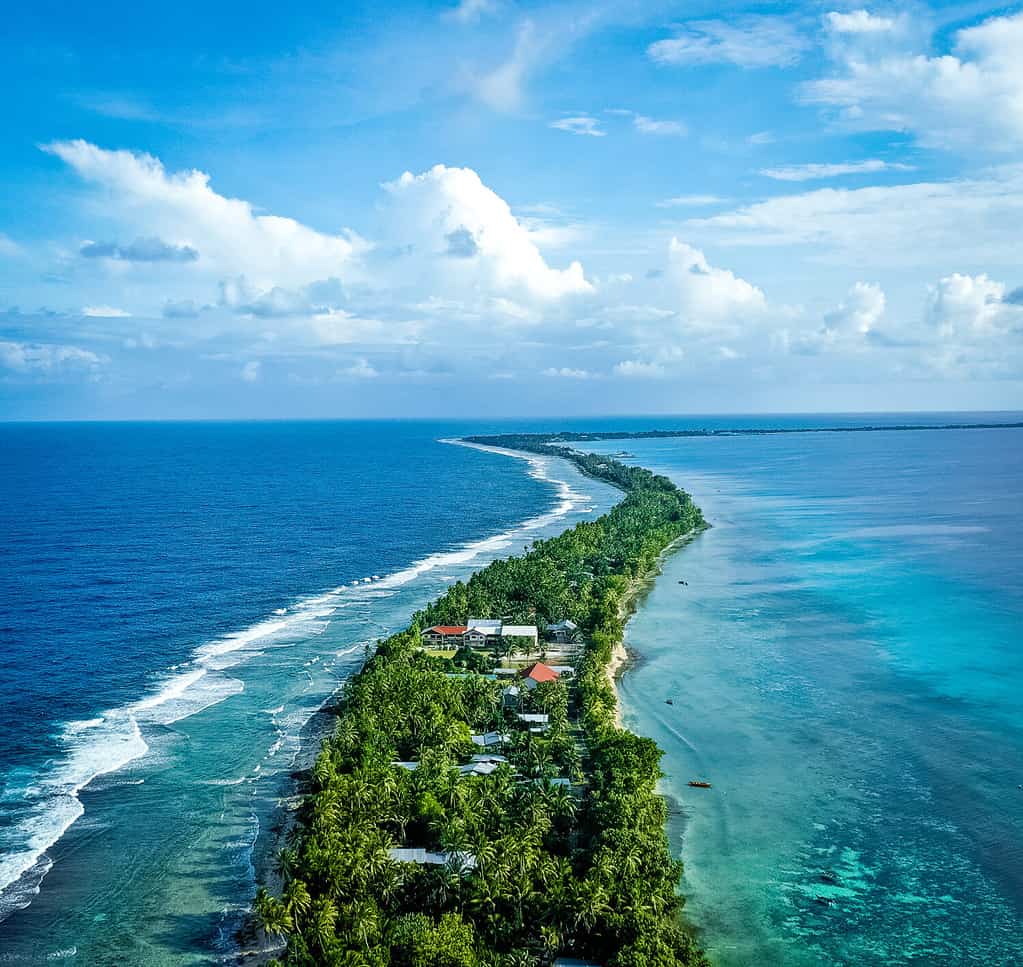
One of the gorgeous tropical islands of Tuvalu is an incredibly thin strip of land.
©Romaine W/Shutterstock.com
Tuvalu, at only 10 square miles of land area, is the fourth smallest country in the world. It is made up of three reef islands and six atolls. This beautiful island is located about halfway between Australia and Hawaii. About 11,200 people live there and mostly make their living from fishing, tourism, and the sale of artistically beautiful postage stamps. English and Tuvaluan are the main languages.
5. San Marino (23.6 sq. mi.)
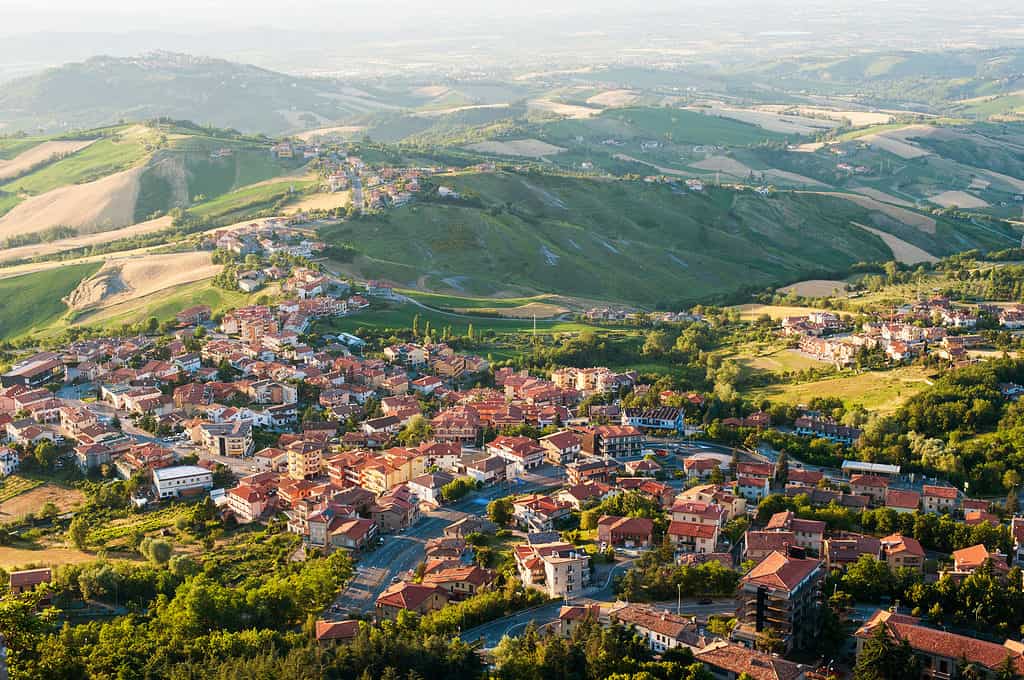
San Marino’s language and culture are Italian, not surprisingly as it is surrounded by Italian territory.
©iStock.com/taratata
San Marino is a small city and surrounding territory which, like Vatican City, is located entirely within Italy. How did this happen? When modern Italy unified in the 19th century, not everyone in the country was happy about unification. Some of the staunchest resisters holed up in San Marino, which is located on well-defensible high ground. Rather than sacrifice lives to capture the city, the authorities decided it would be just fine to let the rebels keep it as their own independent country. Problem solved. Today San Marino has a high standard of living, drawing income from tourism, financial services, wineries, and ceramic and textile production. The language and culture are Italian, and the population is about 34,000.
6. Liechtenstein (62.1 sq. mi.)
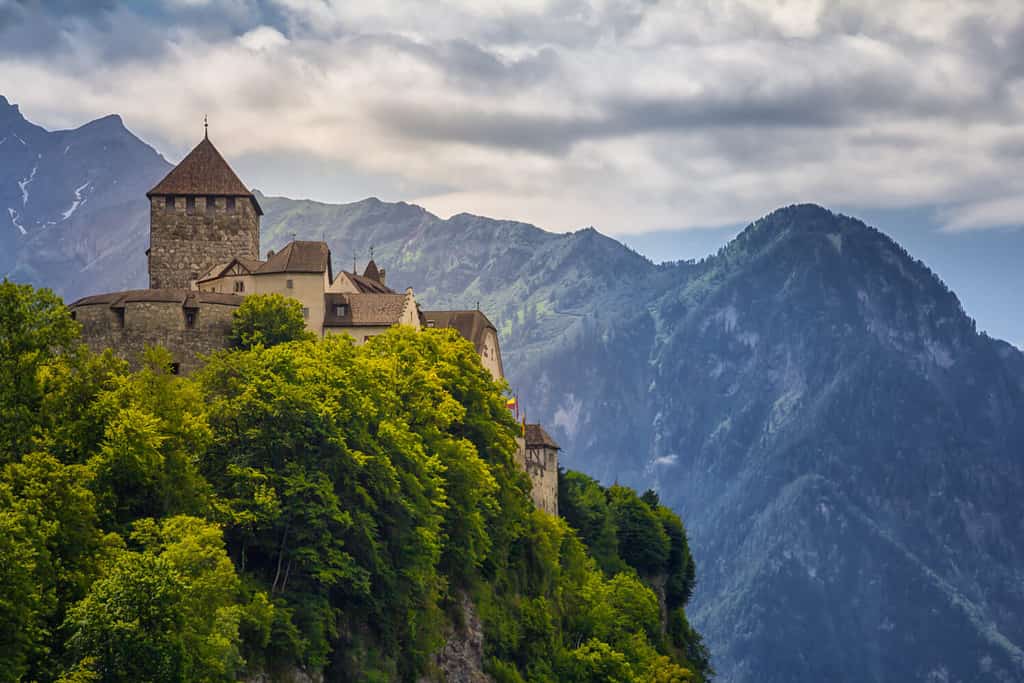
Liechtenstein’s medieval castles look like they were lifted right out of a fairy tale.
©stifos/Shutterstock.com
Liechtenstein is a small mountainous country located in the Alps between Switzerland and Austria. It is noted for its medieval castles and alpine villages connected with a series of trails that make for some unforgettable hiking. The official language is German. The country prospers as a banking and financial center that offers an alternative to neighboring countries. About 39,000 people call Liechtenstein home.
7. Marshall Islands (70 sq. mi.)
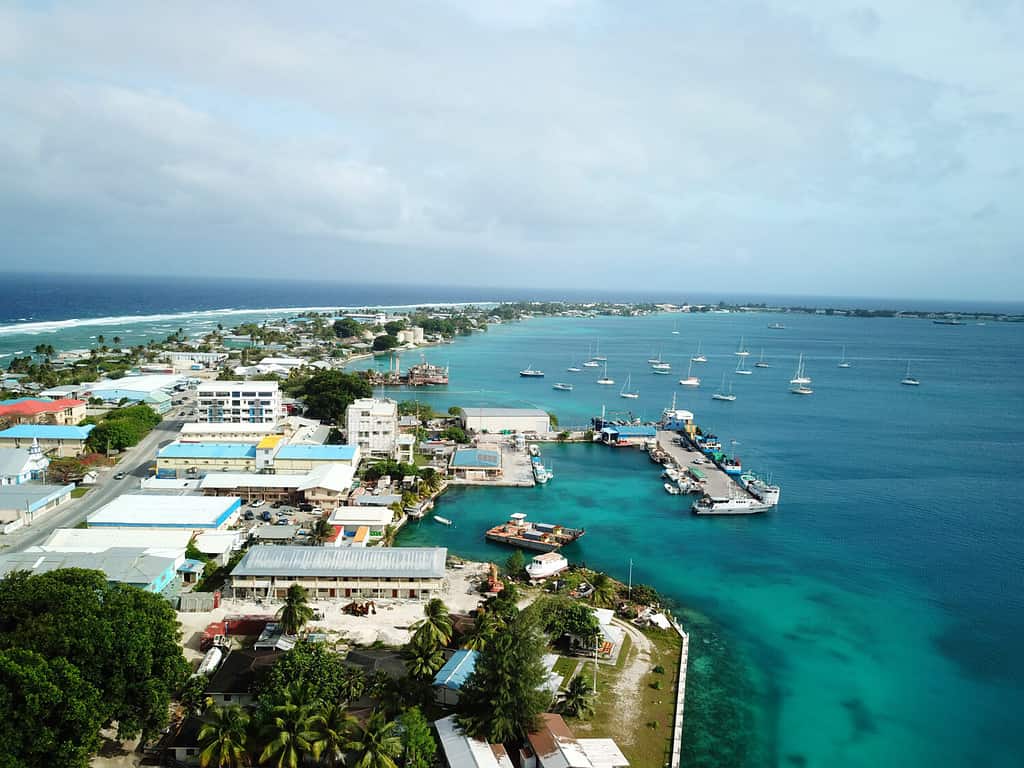
The main languages of the Marshall Islands are English and Marshallese.
©KKKvintage/Shutterstock.com
The Marshall Islands is a country composed of about 1,156 islands and atolls, but about half of its population of 42,000 people live on a single island. Even though this gives the country a land area of only about 70 square miles, it also lets the country claim a large swath of ocean as part of its territory. About 97% of its territory is composed of water, which is the highest percentage of any country in the world. Historically, these islands switched hands many times, having been ruled by Spain, Germany, Japan, and the United States before gaining independence in 1979. Today, its people earn their income mainly from farming, fishing, and selling fishing licenses to international fishing vessels.
8. Saint Kitts and Nevis (101 sq. mi.)
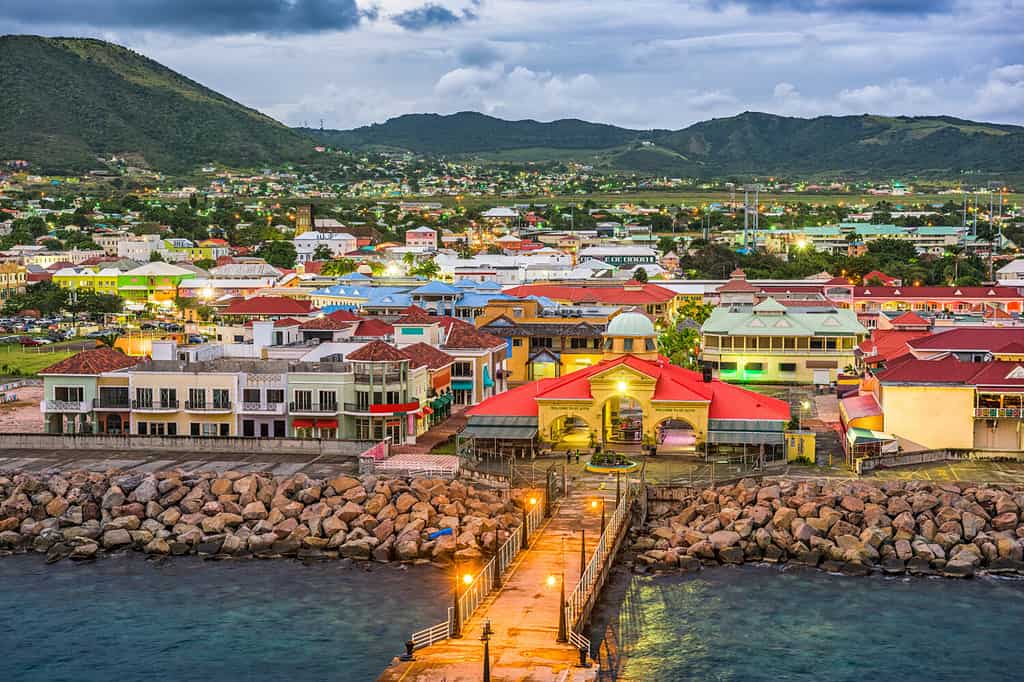
St. Kitts and Nevis are two islands making up one country. Both are popular tourist destinations.
©Sean Pavone/Shutterstock.com
The Federation of Saint Christopher and Nevis is popularly known as “Saint Kitts and Nevis,” named for the two islands that make up this Caribbean nation. It has about 50,000 people living in a land area of about 101 square miles, making it the smallest country in the Western Hemisphere. It was one of the first islands in the region to be colonized by Europeans, and the last to become independent, in 1983. Today it is a commonwealth realm of the United Kingdom, recognizing the British monarch as their ceremonial head of state. The economy of the country rests on a foundation of tourism, financial services, and sugar and cotton production.
What Do the Smallest Countries Have in Common
Micronations dot the globe in many parts of the world and they differ widely in their cultures, histories, and economic positions. Some, like Monaco and Liechtenstein, are quite wealthy, while others, like the island nations of Nauru and the Marshall Islands, rely on subsistence farming and fishing.
Because other countries do not see them as a threat, their independence is not in jeopardy. In fact, their independence actually benefits other countries. A wealthy European micronation, for example, draws tourists and investors, creating a spillover effect on neighboring countries. Guests may spend money through international airports and visiting other cities. And international businesses, such as fishing operations, sometimes prefer to work with a smaller bureaucracy. The requirements of a local government are more lenient than the hurdles of a larger country.
Unfortunately, this also makes small countries of modest means vulnerable to exploitation. They rely on outside powers, like Australia or the United States, to provide for their defense against foreign attack. At the grassroots level, we may not have much effect on global politics, but we can be responsible guests when we travel abroad by respecting the local people and culture and doing business with companies with a reputation for high ethical standards.
Summary of The 8 Smallest Countries in the World in 2024
| Rank | Country | Size |
|---|---|---|
| 1. | Vatican City | 0.17 sq. mi. |
| 2. | Monaco | 0.78 sq. mi. |
| 3. | Nauru | 8.1 sq. mi. |
| 4. | Tuvalu | 10 sq. mi. |
| 5. | San Marino | 23.6 sq. mi. |
| 6. | Liechtenstein | 62.1 sq. mi. |
| 7. | Marshall Islands | 70 sq. mi. |
| 8. | Saint Kitts and Nevis | 101 sq. mi. |
The photo featured at the top of this post is © pingebat/Shutterstock.com
Thank you for reading! Have some feedback for us? Contact the AZ Animals editorial team.





